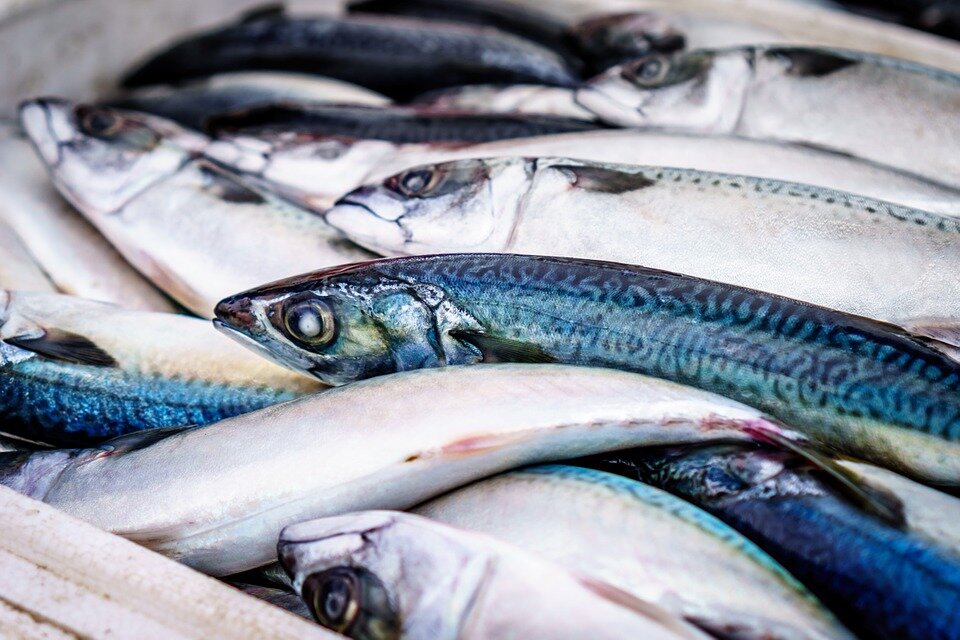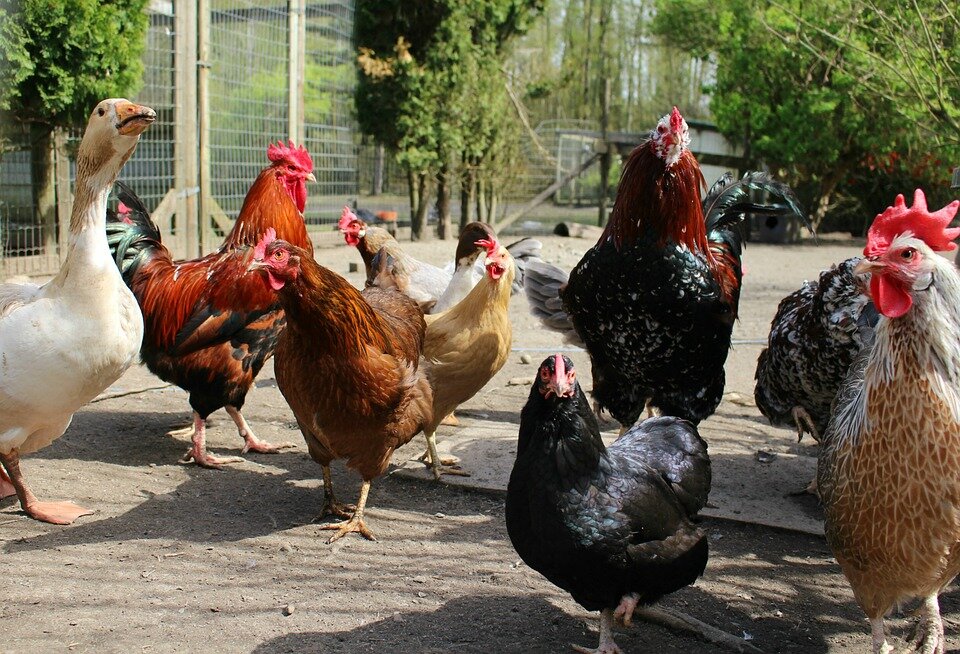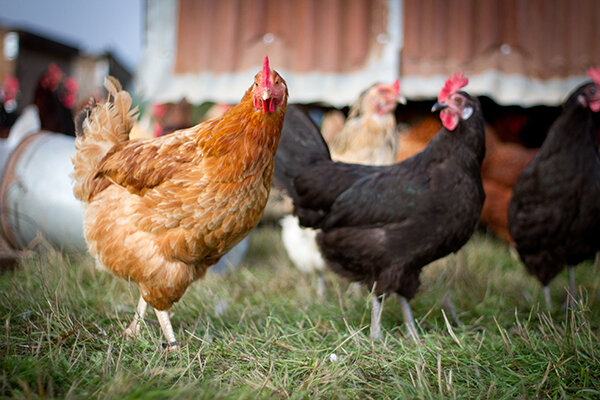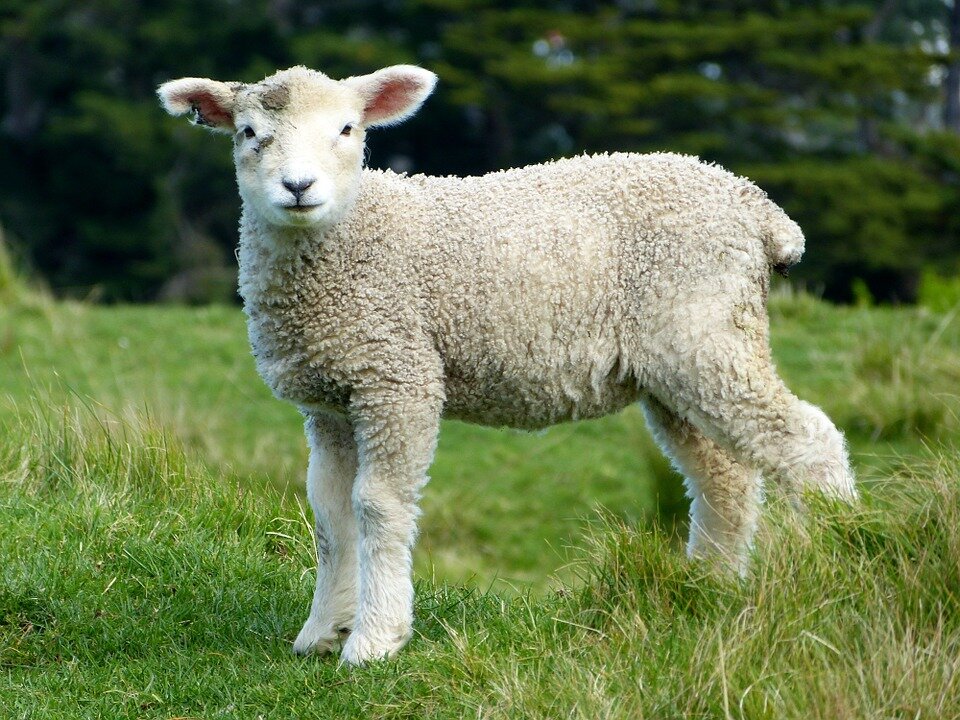What’s Raw Food All About
Have you ever peered into the freezers as you beeline to the kibble isle? Perhaps selecting a few frozen treats but too intimidated to even ask about a raw feeding diet? Well here is all you need to get to know the fastest growing diet for pet owners in America.
Raw food, simply put, is the most simplistic pet food on the market. It will have the lowest amount of general processing that goes into the product as well as typically the smallest ingredients panel. This makes it a great option for dogs and cats with sensitivities and pet owners who are concious of the exact food items their pets are injesting every day.
So what is in it?
The key components to any Raw Food Diet is as follows:
Meat: High quality muscle meat from the listed recipe animal
Bones: High quality bone meal either introduced or included in a “whole animal grind”
Organs: High quality, nutrient rich organ items providing our pets with a plethora of nutrition
Moisture moisture moisture: with the items being raw, the natural moisture is still present in all the ingredients. This greatly benefits our cats and dogs who do not have an innate instinct to drink water. Often only relying on the water bowl as a last resort.
Most brands will include additional items that are not the nutritional basis of recipes:
Fruits: Fresh fruit providing phytonutrients and antioxidants
Vegetables: Puréed, steamed, or fermented vegetables providing phytonutriets and fiber
Botanicals: Fresh herbs providing phytonutrients, antioxidants, antinflammatories, and much more
Minerals: whole natural minerals such as Montmorillonite Clay rounding out any gaps
Quality ingredients included in raw food are typically pasture raised, free range, organically grown.
No carbs? No problem!!
One of the most beneficial things that aren’t found in raw foods are starch and carbohydrate heavy fruits and vegetables. This is one of the largest benefits to avoiding kibble and wet food. Our pets bodies have absolutely no need for plant based carbohydrates and starches. These items actually work dogs liver harder because it requires a specialized enzyme to be produced in order to utilize it, which dogs do poorly at regardless. Cats cannot utilize it all together. Carbs and starches cause tooth decay, obesity issues, renal issues, and countless other medical problems in our pets bodies. The more you move away from them, the better for your pets health.
Is it safe?
Common concerns revolve around pets or pet parents getting sick from contact with the food. The reality is that meat that we may buy at the market has a much higher potential for bacterial contamination with the intent of cooking. As with our own meal preperation, proper hygine is a vital step to keep things clean and healthy. Raw food has a zero tolerance policy for pathogens and is often 3rd party tested for safety, making their safety measures higher than kibble! Some brands take additional pasterization steps such as fermentation and high pressure pasturization. Fermentation is typically a lacto-fermentation innoculation process, allowing beneficial bateria to thrive and change the food for the better. The lactobacillus bacteria will overwhelm and destroy harmful bacteria. High pressure pasturization is a step taken by few raw feeding companies, but provides additional certainty of safety. The food undergoes high pressure to kill of any existing bacteria. This process can be seen as a net neutral or even negative because it eliminates all bacteria and enzymes, including beneficial ones, from the food. This process also can alter the nutritional quality of the food. For these reasons many in the raw feeding community believe this is not true raw food, being devoid of enzymes and beneficial bacteria that would be naturally present. This step, nontheless makes for a safe product to handle. All raw foods should still be used in accordance of regular food handling safety, thawing in the fridge or a water bath. Always wash your hands, surfaces, utensils, and bowls that may come in contact while preparing.
Can it be considered a whole meal?
Another common concern is that our pets may not get everything they need from raw foods, but what gives us the impression that kibble would do any different? Raw food provides all the necessary proteins, amino acids, vitamins, minerals, and more. All of which that are entirely biologically available to our pets digestive systems and absorb easier and put less strain on the body than kibble does. Much like we know for ourselves, eating food that is fresh and less processed is more nutritious and filling than the many heavily processed foods we encounter, all while being healthier.
Can we use it with kibble?
While we won’t typically recommend using raw food in conjunction with kibble, it can be done. Digestability is the main concern when using both. Our pet’s body pH fluctuates throughout the day, especially when they have eaten. When food enters the stomach, the pH becomes acidic in order to properly digest the food in the stomach. As food passes and is absorbed, the pH will return to a somewhat alkaline. This results in all of the raw food processing properly, leaving the kibble in the stomach. This can cause digestive upset and can be remedied by simply feeding them seperately. Raw food for breakfast and kibble for dinner, or vice versa.
Thank you for reading! If you have any further questions regarding raw feeding, we are always happy to help. We are also currently working on introducing our own line of regionally sourced raw grinds to support our local economy while providing our pets with the best nutrition possible!









